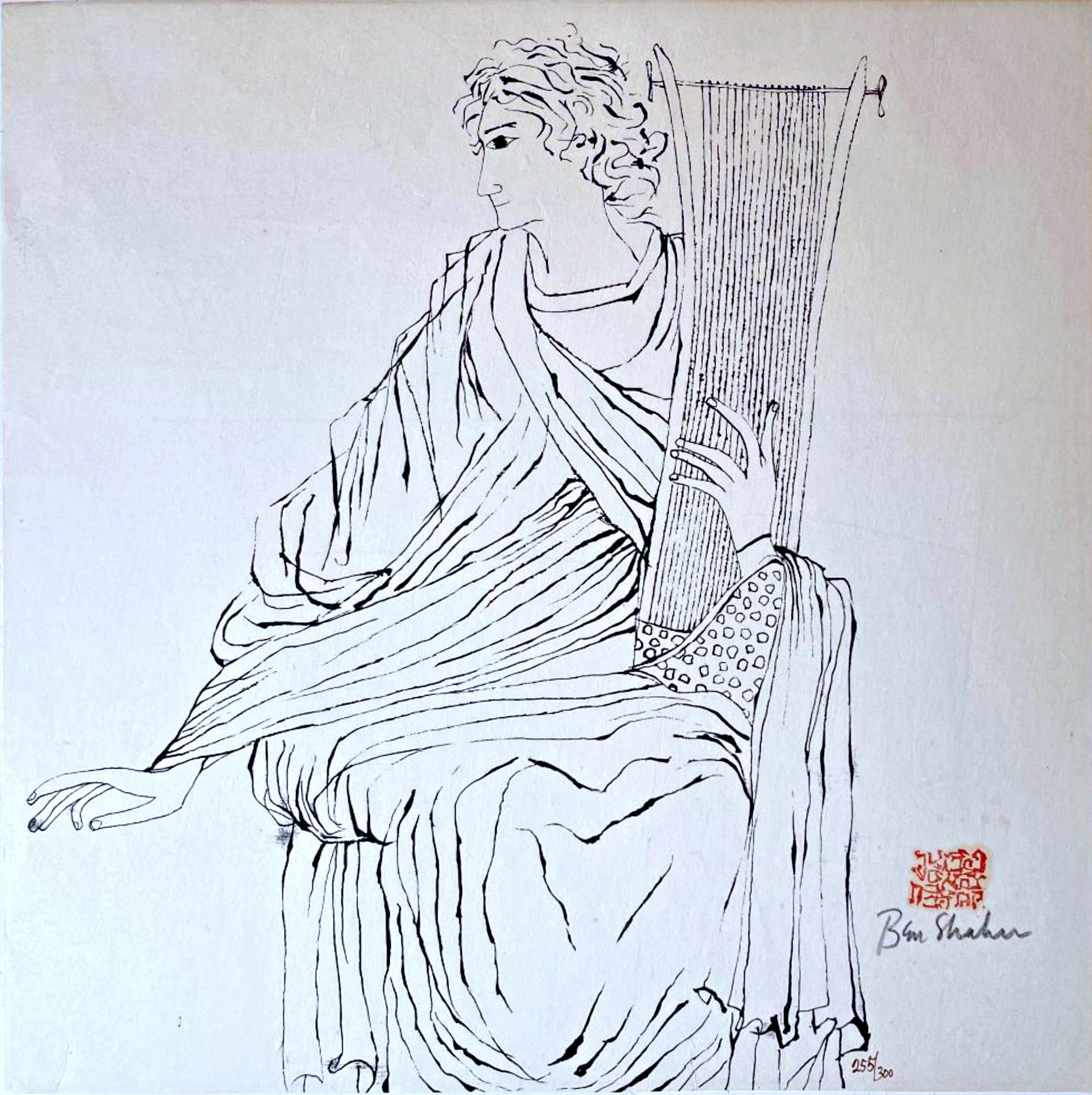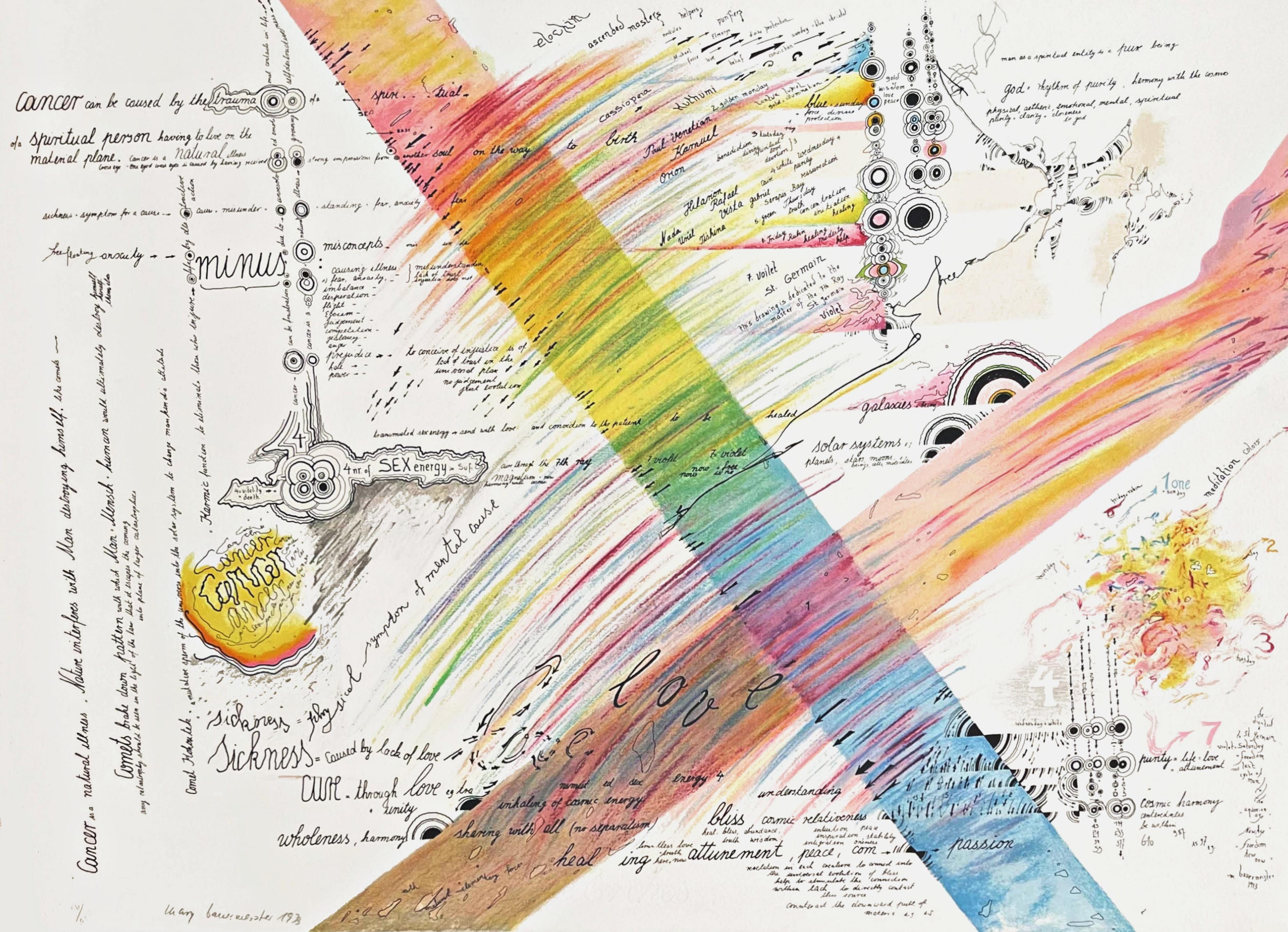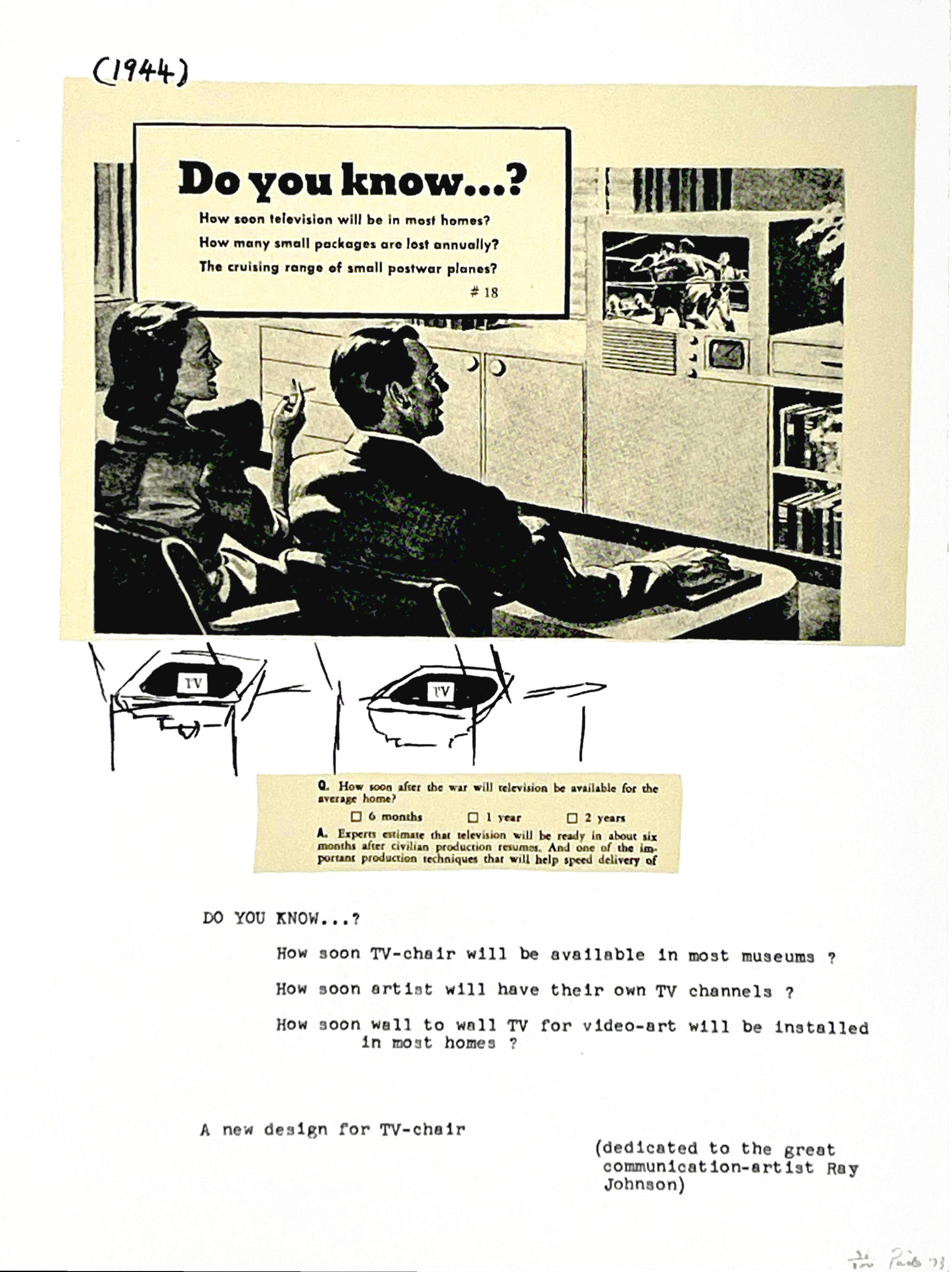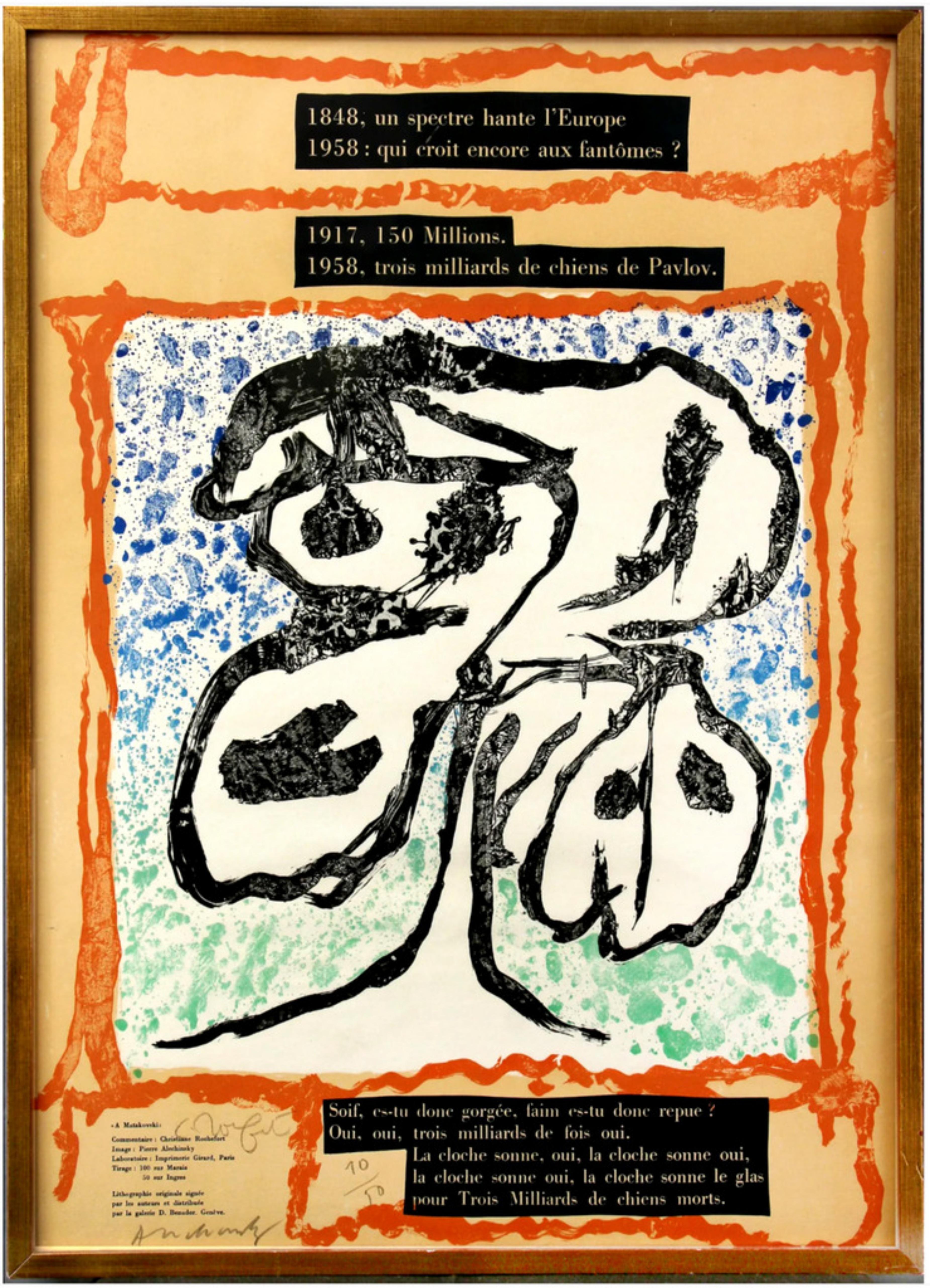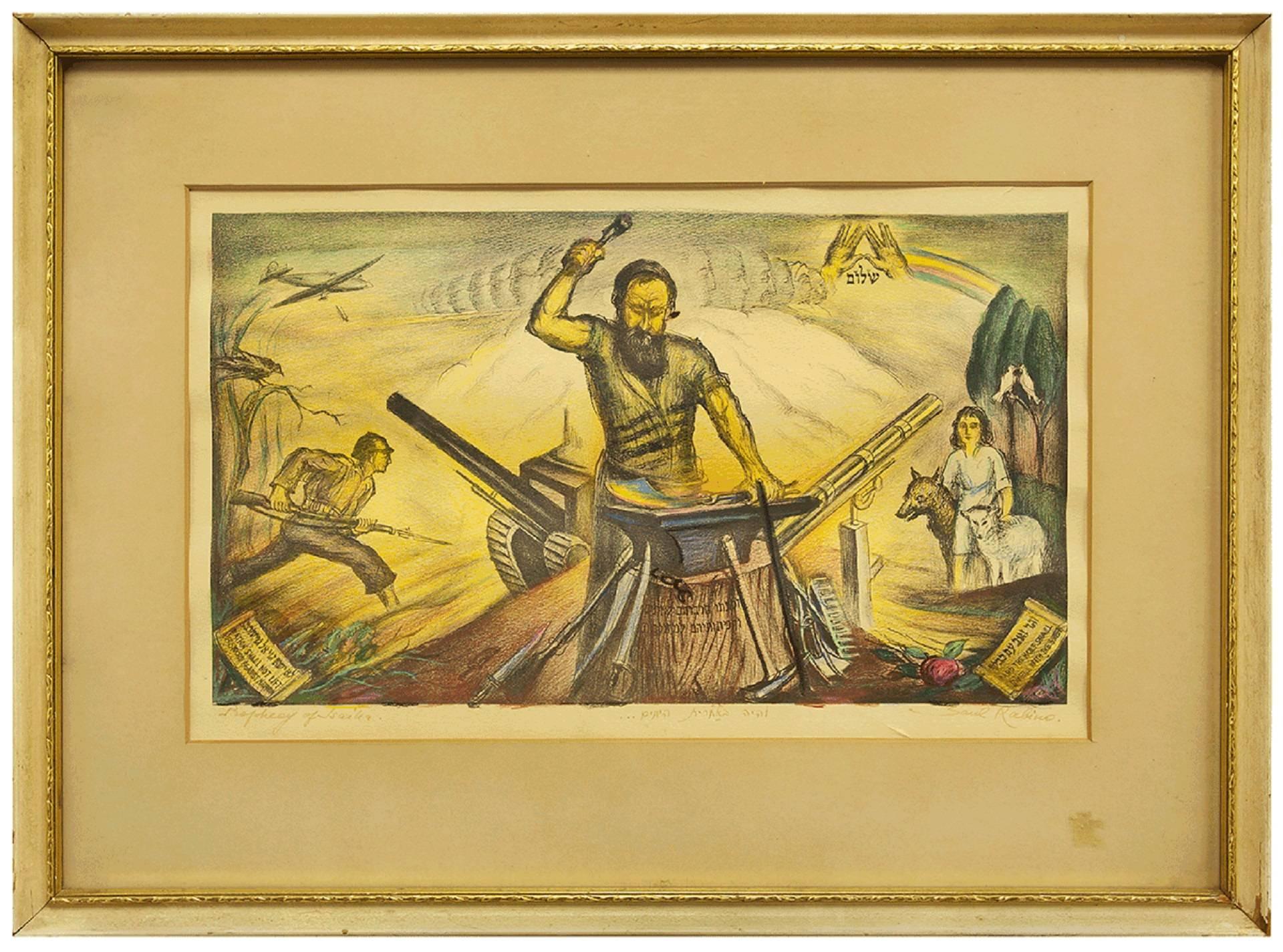Items Similar to Dancing - Original Drawing on Paper - Late 19th Century
Want more images or videos?
Request additional images or videos from the seller
1 of 2
UnknownDancing - Original Drawing on Paper - Late 19th CenturyLate 19th Century
Late 19th Century
About the Item
Dancing is an original drawing in pencil realized by an anonymous artist in the Late 19th Century
Good conditions.
The artwork is depicted through perfect hatching in a well-balanced composition.
- Creation Year:Late 19th Century
- Dimensions:Height: 8.08 in (20.5 cm)Width: 3.75 in (9.5 cm)Depth: 0.08 in (2 mm)
- Medium:
- Movement & Style:
- Period:
- Framing:Framing Options Available
- Condition:Insurance may be requested by customers as additional service, contact us for more information.
- Gallery Location:Roma, IT
- Reference Number:
About the Seller
4.9
Platinum Seller
These expertly vetted sellers are 1stDibs' most experienced sellers and are rated highest by our customers.
1stDibs seller since 2017
6,753 sales on 1stDibs
Typical response time: 2 hours
- ShippingRetrieving quote...Ships From: Monaco, Monaco
- Return PolicyA return for this item may be initiated within 14 days of delivery.
More From This SellerView All
- Man Reading - Original Pencil Drawing by Auguste Andrieux - 19th CenturyLocated in Roma, ITMan Reading is an Original Pencil Drawing realized by Auguste Andrieux. The artwork is in good condition included a white cardboard passpartout (55x37.5 cm). Hand-signed by the artist on the lower left corner. Clément-Auguste Andrieux (7 December 1829, Paris– 16...Category
19th Century Modern Figurative Prints
MaterialsPencil
- Sleeping Man - Etching + Pencil Drawing - Late 19th CenturyLocated in Roma, ITSeeping Man is an etching on paper realized by Francois Blaise (1825-). Signed on the plate, with the same drawing in pencil on the rear, with an inscription on the lower center. Th...Category
Late 19th Century Modern Figurative Prints
MaterialsEtching, Pencil
- Alpine Landscape - Drawing by Marie Hector Yvert - 19th centuryBy Marie Hector YvertLocated in Roma, ITAlpine Landscape is an original Artwork, Drawing, realized in the second half of the 19th Century by Marie Hector Yvert. Original pencil and white chalk on brown paper. Stamp of At...Category
19th Century Modern Figurative Prints
MaterialsPaper, Chalk, Pencil
- Portrait - Original Pencil on Paper by Charles Walch - Early 20th CenturyBy Charles WalchLocated in Roma, ITPortrait is an original drawing in pencil realized by Charles Walch (1896-1948). Good conditions, except for aged margins. Included a Passepartout: 53 ...Category
Early 20th Century Modern Figurative Prints
MaterialsPencil
- Surreal Composition - Etching - mid-20th CenturyLocated in Roma, ITSurreal Composition is an original Etching realized in the mid-20th Century Attibuted to Mileva Roller. Good Conditions. Numbered. Edition, 18/50. The...Category
Early 20th Century Modern Figurative Prints
MaterialsPencil
- Study for a Medal - Drawing by A. Mistruzzi - Mid-20th CenturyLocated in Roma, ITStudy for a Medal dedicated to Volunteers of War is a drawing in pencil realized by Aurelio Mistruzzi in the 20th Century. Good condition except for a folding on the lower-left angl...Category
Early 20th Century Modern Figurative Prints
MaterialsPencil
You May Also Like
- Silkscreen with Old Testament Psalm 57 pencil signed 255/300 provenance letterBy Ben ShahnLocated in New York, NYBen Shahn Silkscreen inspired by Old Testament Psalm 57, 1967 Silkscreen on Japon paper Hand signed and numbered 255/300 by the artist on the front, with a copy of the provenance let...Category
Mid-20th Century Modern Figurative Prints
MaterialsScreen, Pencil
- Rainbow Signed 1970s silkscreen & lithograph by pioneering female Fluxus artistBy Mary BauermeisterLocated in New York, NYMary Bauermeister Rainbow, 1973 Lithograph and silkscreen on creamy white paper Hand signed, dated and numbered 56/250 by the artist on the front 19 x 25.5 inches Unframed This work is on the permanent collection of various institutions like: Rice University, Samuel Dorksy Museum of Art, Rutgers Zimmerli Museum and Wheaton College Massachusetts. While studying the fringe sciences the 1970s, Bauermeister created Rainbow (1973), a lithograph and silkscreen. She uses a creamy white background as the base. Two intersecting diagonal bands of color transcend across the page, and black cursive lettering dances over the surface serving as a mind map of interweaving ideas. Through the central band, Bauermeister shifts through the color spectrum; she begins with red and finishes with violet. Inspired by music, she uses strokes of color that are rhythmically smeared across the lithograph. The surface lettering, a kind of visual poetry, explores her interest in human emotion and science. The viewer can see Bauermeister’s thoughts as they flow into one another through the use of words such as bliss, love, and healing. Bauermeister also includes a repetition of words such as cancer, sickness, and cure. The word cancer emerges from a cell-like shape. A careful study of the words shows that they may seem dark in nature; however, she juxtaposes these words against the cheerful title and colors. Perhaps the rainbow symbolizes a new hope, an inspiration for an optimistic future. -Courtesy to the Samuel Dorsky Museum of Art About Mary Bauermeister: A multidisciplinary artist known for her intricate and enigmatic assemblages, Mary Bauermeister (1934-2023) continues to defy categorization with layered works in a range of media. A precursory figure of the Fluxus movement—her studio was the meeting point for a number of defining artists of the avant-garde—her work plays an integral role in the discussion of art, both European and American, that emerged from the 1960s. Her reliefs and sculptures, which have incorporated drawing, text, found objects, natural materials and fabric, reference a plethora of concepts: from natural phenomena and astronomy to mathematics and language, as well as her own “spiritual-metaphysical experiences.” Maturing amidst the currents of Minimalism and Pop Art, Bauermeister’s art has resisted labels due to the singular expression of her interests and concerns, among them the simultaneous transience and permanence of the natural world with experimentations in transparency and magnification, multiplication and variation, structure and order, chance and ephemerality, introversion and extroversion. Her three-dimensional receptacles of thoughts, ideas, and notes contain visual, conceptual, and philosophical paradoxes that challenge perceptions and that offer literal and metaphorical windows into which one can glimpse the inner workings of the artist’s mind. - Courtesy of Michael Rosenfeld...Category
1970s Modern Abstract Prints
MaterialsLithograph, Screen, Mixed Media, Pencil, Graphite
- Window on Another Dimension, signed/n lithograph by Picasso's famous mistressBy Françoise GilotLocated in New York, NYFrançoise Gilot Window on Another Dimension, 1981 Lithograph on Arches mould made Johannot paper Signed and numbered in graphite pencil; also bears artist's monogram with date, editi...Category
1980s Modern Abstract Prints
MaterialsGraphite, Lithograph, Pencil
- Do You Know...?, from the New York Collection for Stockholm portfolio (Signed/N)By Nam June PaikLocated in New York, NYNam June Paik Do You Know...?, from the New York Collection for Stockholm portfolio, 1973 Silkscreen on paper, in original portfolio sleeve Signed and dated '73 and numbered 36/300 i...Category
1970s Modern Figurative Prints
MaterialsScreen, Pencil
- A Maiakovski (For Mayakovsky) signed by Alechinsky & Christine Rochefort #10/50By Pierre AlechinskyLocated in New York, NYPierre Alechinsky A Maiakovski, 1958 (For Mayakovsky) Color lithograph and offset lithograph with text Pencil numbered 10/50 and signed by BOTH artist Pierre Alechinsky and writer C...Category
Mid-20th Century Modern Abstract Prints
MaterialsOffset, Lithograph, Pencil
- AFTER THE VICTORY, PROPHECY OF ISAIAH, WPA ERA Circa 1930sBy Saul RabinoLocated in Surfside, FLA wartorn composition of a soldier on the left, a Jewish blacksmith in the middle and a little shepherd on the right. This is a lithograph pastel and colored pencil on paper. Saul Rabino (1892-1969)Best known for his paintings and drawings of Jewish culture, Saul Rabino was a Russian-bornartist who spent most of his life in Los Angeles. Born Saul Rabinowitz in 1892 in Odessa, Russia,Rabino studied art at the Russian Imperial Art School. During a brief stay in Paris, he continued hiseducation at the École des Arts Decoratifs. After mastering techniques in painting, sculpture, andlithography, Rabino moved to Los Angeles, where he worked as a WPA printmaker during the1930s. He stayed in Los Angeles for the rest of his life, making work about political turmoil and theJewish community. During the 1940s, he drew allegorical images of war and the plight of Jewsin Eastern Europe. These political works, usually drawings or prints, are dramatic, symbolic, andemotionally rousing. He also made art portraying the scholars and religious leaders of the Jewishcommunity, including portraits that are more delicate than his political pieces and express anobvious admiration for the leaders of his community. Before he died in 1969, Rabino exhibitedat the World’s Fair New York in 1939, the Los Angeles Museum Historical Society of Art, and theLaguna Beach Art Society. His work is in the collection of the Los Angeles Public...Category
1930s Modern Figurative Prints
MaterialsPastel, Color Pencil, Lithograph
Recently Viewed
View AllMore Ways To Browse
Antique Dance
Flowers Curtain
Burning Towers
German Expressionist Poster
1970 Fashion Illustration
Metal Wall Sculpture Spanish
Renaissance Style By J
Periodical Display
Picasso Cat
Woman Reading Book
Andre Derain Framed
1941 Dress
Original Posters Chagall
Music Box Movement
Rose Iron Works
Siberia Vintage
Chagall Lithograph Blue
Haring Crack
